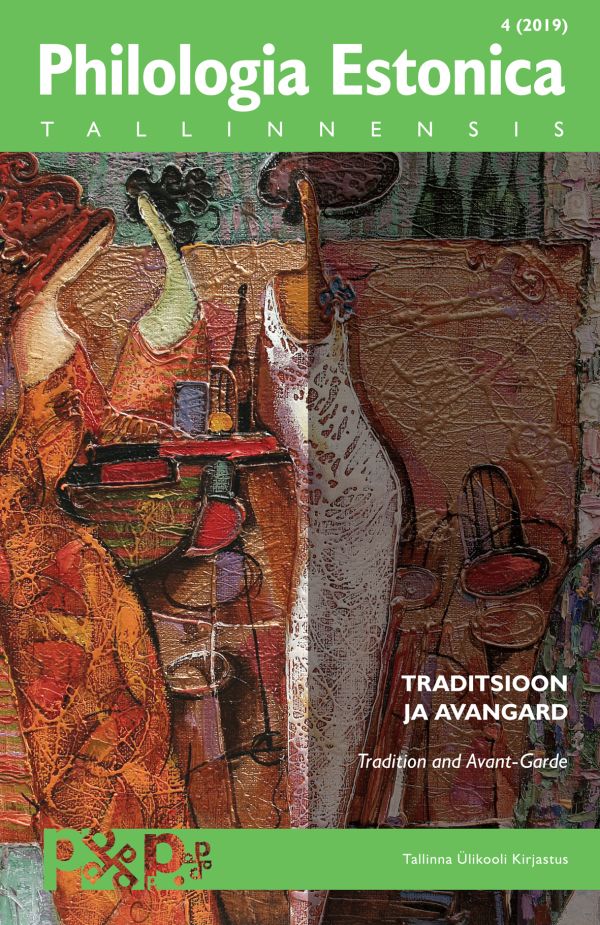Traditsioonist ja modernismist eesti sonetis
MODERNISM AND TRADITION IN THE ESTONIAN SONNET
Author(s): Rebekka LotmanSubject(s): Estonian Literature
Published by: Tallinna Ülikooli Kirjastus
Keywords: traditional poetry; modernist sonnet; Estonian poetry; literary perspectivism; Petrachism;
Summary/Abstract: The sonnet, like other forms of poetry that follow prescribed formal patterns, is also referred to as a classic or traditional poetic form. Nevertheless, during the periods of great changes in the poetic discourse, this traditional form has gained significant importance. It emerged during the modernist and vanguard era both in the age-old European poetic cultures and also in newer literary cultures like that in Estonia. There are two main reasons for this. The first lies in the strict rules of the sonnet, as every rule offers the possibility to bend it or even break it entirely. The other reason is in its vast popularity – from its birth in the 13th century, the Sicily sonnet has become the most often used prescribed poetic form in Western literature, and has given rise to many new poetic traditions and subgenres. The modernist schools of poetry have adopted this centuries-old and powerful symbol of traditional poetry to showcase within it their fresh ideas, subjectivity and renewed poetic devices. Thusly the tradition has been altered or even deconstructed within the tradition itself. The situation was, however, completely different in Estonian literature. The first Estonian-language sonnets were published in 1881 and by the time the first modernist sonnets emerged in Estonia in 1905 the Estonian sonnet tradition had yet to form. Therefore, Estonian modernist poets had a twofold task: both to create a sonnet tradition and then to break from it. The intention of this article is to expound the relationship between modernism and tradition in the Estonian sonnet with the aim of exploring the relativity of the very concepts of the tradition and modernism, and their dependence on the perspective.
Journal: Philologia Estonica Tallinnensis
- Issue Year: 4/2019
- Issue No: 1
- Page Range: 13-31
- Page Count: 19
- Language: Estonian

